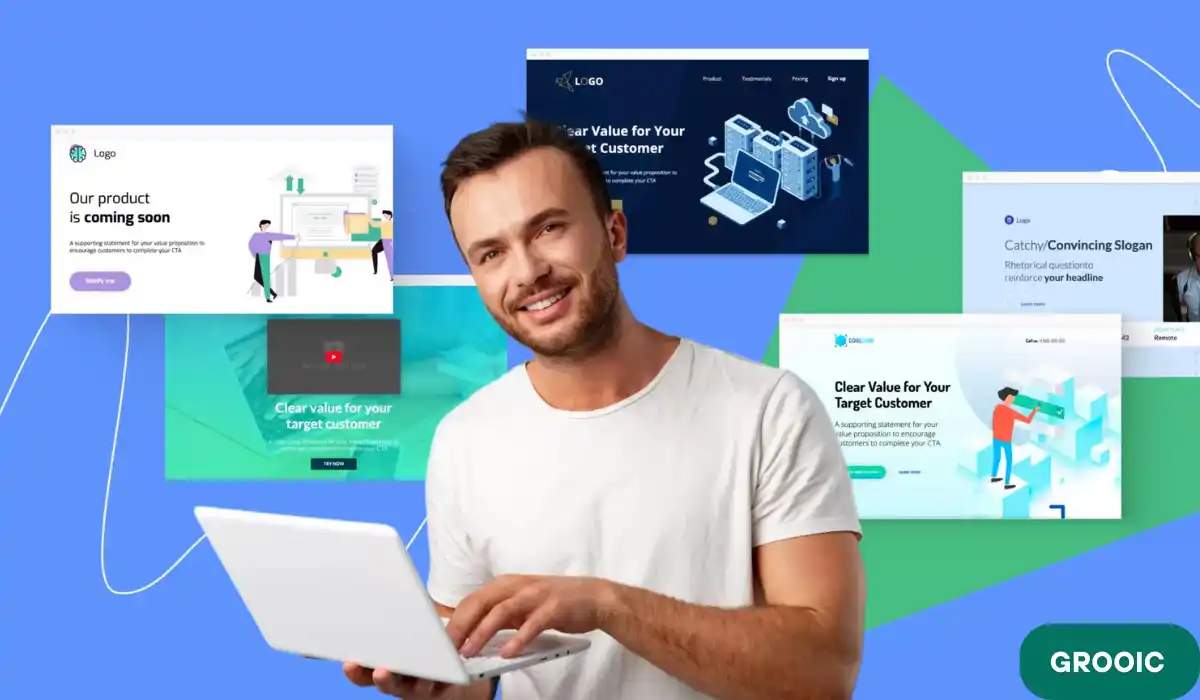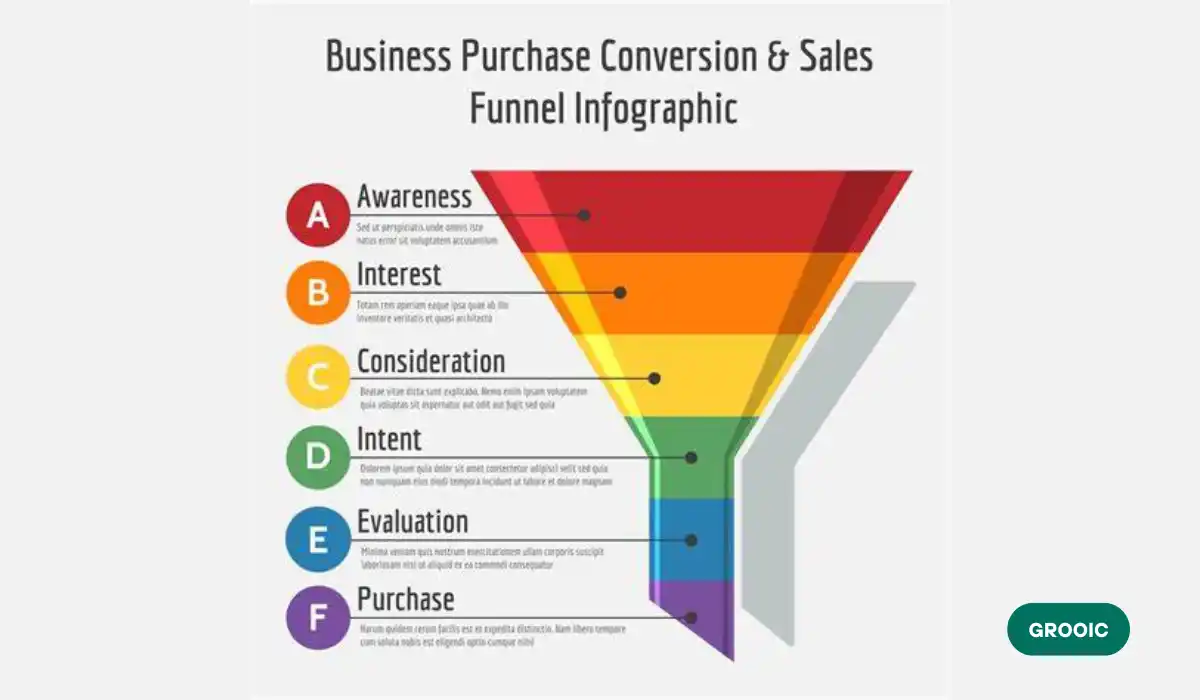Mobile Optimization and CRO are strategies for ensuring a seamless user experience and maximizing conversions on mobile devices.
By focusing on mobile-friendly designs and optimized performance, businesses can significantly improve,
- Engagement,
- Reduce bounce rates and
- Boost revenue.
Table of Contents
Importance of Optimising for Mobile Devices
Responsive Design
A responsive design also ensures that the website functions well irrespective of what device it is being viewed on including desktops, laptops, and mobile phones. This will reduce bounce rate: if your website is easier to use, the users are more likely to stay on it.
Page Load Speed
We live in a world where mobile users are increasingly disconnected and we have to be realistic. If you cannot spend time waiting for your website to load, why should you?
Optimize images for mobile, browser caching, reduce redirects, etc. And with that, user satisfaction and CRO are directly related.
Mobile-Friendly Content
Mobile content should be short, easy to read, and designed to work best with touch screens. Clear Calls to Action (CTAs), simple forms, and easy-to-use navigation all help to improve the user experience and boost sales.
User Experience (UX)
Conversion optimization is about more than conversions alone. It starts with the mobile user experience (UX) in general, which means easy accessibility and usability. The way users,
- Navigate your site,
- Read your content, and
- Access content.
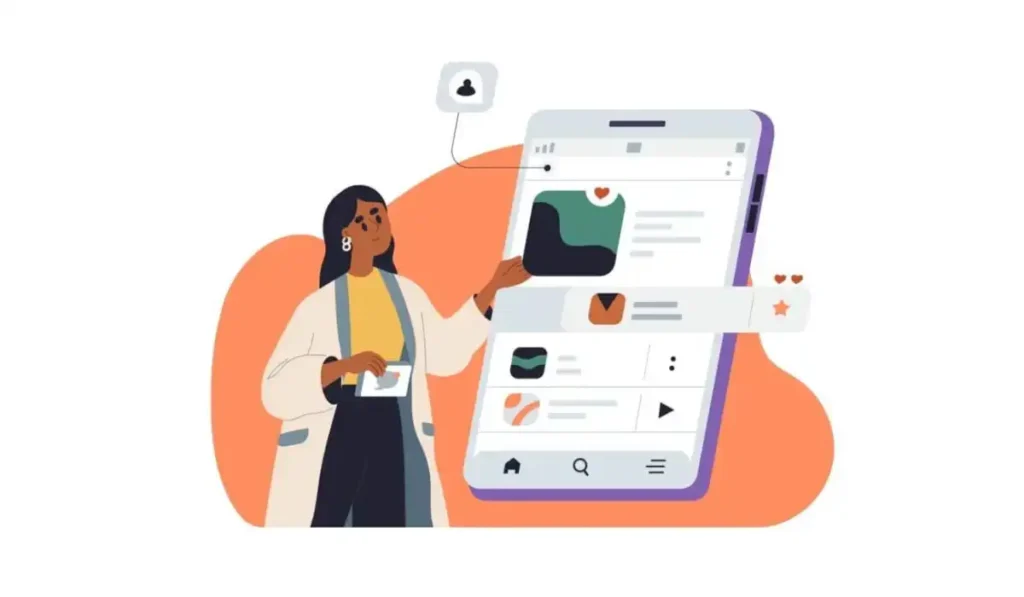
Remember everything you do with your mobile UX design should make things as smooth and simple as possible while encouraging people to perform tasks such as buying a product or signing up for the service.
Key Important Points of Optimizing Mobile Device
- It is the ability to adapt its layout based on the size of the screen.
- In order to lower the bounce rates, it is important that your pages load fast.
- Content is easier to read on mobile devices.
- A better interface is a bad interface, resulting in more conversions which design helps to bring.
Pros and Cons of the Importance of Optimizing for Mobile Devices
| Pros | Cons |
| Increased conversions due to improved UX | This may require redesigning current desktop-focused elements |
| Reduced bounce rates with faster loading times | Complexity in maintaining responsiveness across all devices |
| Enhanced SEO performance, as search engines favor mobile-friendly sites | This may require redesigning current desktop-focused elements |
| Better engagement from mobile users with streamlined content | Technical expertise needed for advanced optimization tasks |
If you want to succeed in the current market, ensure that your site is optimized for mobile. Pros outweigh the cons more which leaves customers happy and results in higher profits.
Breadcrumbs are a navigation tool that shows users their location within a website’s structure, making it easier to move between different pages and improving overall user experience and SEO.
Mobile-friendly Website Case Study
The below case study of Company X, an e-commerce business provides insights on why it is essential to improve the design of your website for mobile and how that can help you increase conversions while providing a better user experience.

Company X had a high bounce rate, slow load times, and very low mobile engagement before their optimization. Having observed that more than 60% of its traffic was mobile-based, there was a need for retina clean and section extensions to be used as well in order to make the website mobile-friendly.
The Challenge
Company X Site designed for Desktop First. The main issue was the overall responsiveness not being great due to load times and navigation. Because of this, it leads to a high number of mobile users bouncing out without buying anything. Our conversion rates were stagnant and customer satisfaction was worse.
The Solution
The biggest step Company X took to mediate these problems was deploying a mobile-first strategy which included the following changes:
- ReponsiveDesign: Re-designed website to support a responsive layout allowing the site to render properly on any range of screens. It made navigation much simpler and hence improved the user experience.
- Faster Page Speed: Compress image, minify code and browser cache controlled by Company X Reduced mobile load time up to 40% Thanks to this decrease in load time, users stayed a little longer.
- Full Site Navigation and Checkout Simplified: We streamlined mobile navigation and made checkout fewer steps down from five to two. It has clear CTAs and big touch-friendly buttons.
- Content With Mobile-Optimization: Texts were shortened for readability, and images were resized for faster loading on mobile devices
The Results
Post these changes, Company X saw a 35% increase in mobile conversions, a 50% decrease in bounce rates, and an overall revenue bump of up to 20%. Customer satisfaction followed a positive trajectory for Opera, customers found shopping easier and more pleasurable and subsequently increased their use of the online shop.
Thus Even a basic conclusion of this case study would scream. How much a website is mobile Friendly is Important. By improving mobile optimization, we are happy to report that Company X is now making their customers happier and turning more of them into long-term customers simply by increasing their mobile engagement/conversions.
Mobile User Experience (UX)
Mobile UX and CRO, the Success trick with more and more consumers using the web on their mobile devices, businesses need to think of improving the UX of how they experience websites so satisfaction is increased and conversions are driven.

A well-optimized mobile brings a good user experience and even helps users to make the decision that we wish them to take, such as buying or subscribing to newsletters.
Key Elements of Mobile UX in CRO:
- Responsive: Responsive website designs adapt the layout to match various sizes of screens. For example, if you visit an online shop on a smartphone then the width of the site will be made up adaptively to fit even with only one column across.
- Mobile Friendly: Mobile users expect speed. That is, reducing the image sizes and optimizing scripts can lessen load times. Data shows a one-second delay in page load time results in 7% not as much of conversions
- Simple Navigation: Easy navigation is essential for mobile users. So, by adding a hamburger menu, users can access the different sections of the site in just 1 or fewer clicks which actually provides visitors convenient to browse every part easily.
- Obvious Calls to Action (CTAs): Users should quickly understand what to do next on a mobile site. CTAs, such as “Buy Now” buttons with bold contrasting colors can make buy-in that much more likely.
- Cleaner Forms: Very often a simple form to fill out for mobile users can increase your conversion rates. For example, if your sign-up form has too many fields or takes lots of time to fill out you can reduce the number of fields or use autofilling options.
Bullet Points of Key Considerations
- Responsive Design: The design should be well on different screen resolutions, making it convenient to use.
- Quick Load Time: Essential to preventive bounce rate and improving the user.
- Easier to use on smaller screens: Makes navigation easier on devices with small screens.
- Concise CTAs: Improves CTR and visibility
- Improve User Engagement & Completion Rates with Optimized Forms.
Pros and Cons of Mobile UX in CRO
| Pros | Cons |
| Improved conversion rates through enhanced user satisfaction | Requires continuous testing and adjustments |
| Increased customer retention due to a better experience | Initial development and optimization costs can be high |
| Higher search engine rankings from mobile-friendly designs | May limit design flexibility for desktop versions |
| Enhanced brand reputation from positive user experiences | Complexity in maintaining consistent UX across devices |
Focusing on mobile UX in CRO not only leads to immediate gains in conversion rates but also builds long-term customer loyalty and brand trust.
Responsive Web Design Themes and Customization for CRO
Responsive web design themes are essential for improving Conversion Rate Optimization (CRO) by providing a seamless experience across different devices.

With mobile usage on the rise, a website must automatically adjust to various screen sizes, ensuring users can easily navigate and interact.
Key Points for Responsive Web Design and Customization:
- Fluid Grids: Fluid grid-based websites scale down to fit the users’ screen resolution ensuring that elements resize in a proportional manner. Shopify stores are a great example with their fluid grids to make sure your e-commerce store looks just right no matter what device you’re on.
- Responsive Images: Not only does using images that can scale without distorting make for a better mobile experience, but it also reduces page load time. Astra Img Code Snippet. When you use Astra jiggle, the img-tags are automatically resized which improves loading time and visually.
- Media Query: Media query customization is when websites can adjust their layout for different dimensions of the device. Dàper esempio correggere i design a seconda dei Breakpoints per una visualizzazione mobile e desktop ottimale anche in questo caso Bootstrap.
Pros and Cons of Responsive Web Design and Customization for CRO
| Pros | Cons |
| Better user experience across devices | Can be time-consuming to implement |
| Increased mobile traffic and engagement | Requires technical expertise for customization |
| Improves SEO rankings due to mobile optimization | Might impact website loading speed if not optimized properly |
| Higher conversion rates due to smooth navigation | May need regular updates to stay responsive to new devices |
By utilizing responsive web design and customizing themes, businesses can significantly improve user experience, which directly impacts CRO, mobile traffic, and SEO performance.
Mobile Conversion Rate
Mobile conversion rate is the share of mobile traffic converting toward a particular goal on a webpage, such as making a purchase or filling out forms. You need to focus on optimizing mobile conversions, as more shoppers in general are browsing and shopping via their mobile devices.
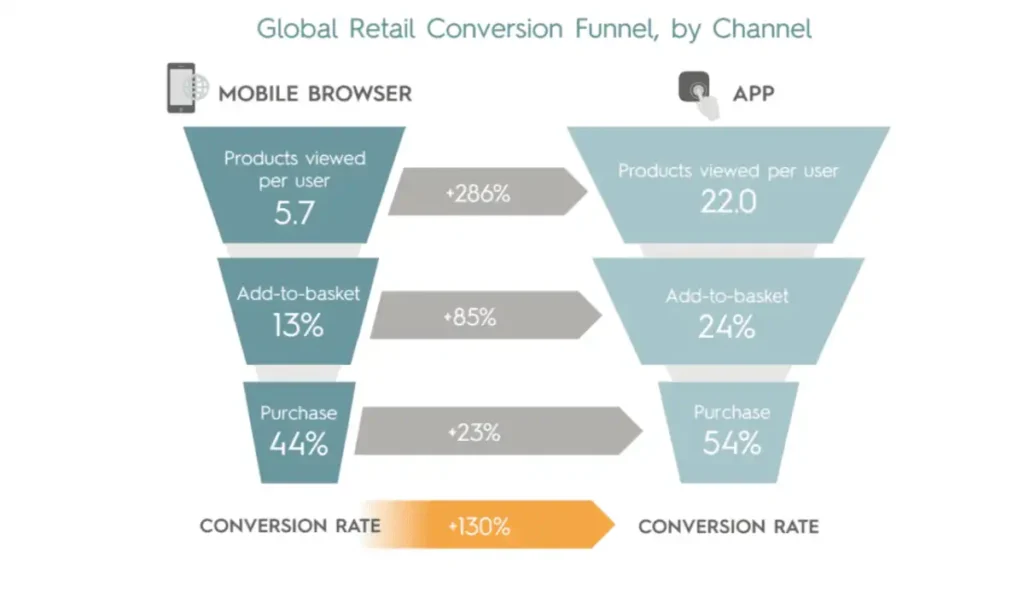
An optimized mobile experience can have far-reaching effects on sales, leads, and interactions.
Key Factors Influencing Mobile Conversion Rate
- Page Load Time: Faster page load equals more conversions. How Walmart improved conversions by 2% for every second of improvement in page load time
- Responsive Design: A website should be able to adjust its size and layout based on the screen it is being displayed for better usability By being mobile-first, Amazon had far fewer abandoned carts and more conversions.
- Simplified Navigation: Clear Menu and CTA, can make your Users move to different pages faster. For instance, Etsy streamlined its mobile checkout flow to achieve a 10% lift in conversions.
Bullet Points
- Faster load times improve conversion rates.
- Responsive design enhances the mobile user experience.
- Simplified navigation boosts engagement and conversions.
Pros and Cons of Mobile Conversion Rate Optimization
| Pros | Cons |
| Higher sales and lead generation | Can require significant development costs |
| Better user experience on mobile devices | Ongoing maintenance and testing needed |
| Increased traffic from mobile users | Complexity in optimizing across various devices |
| Improved SEO and rankings | Possible design limitations on small screens |
Optimizing for mobile conversions is essential for businesses aiming to capture mobile-driven revenue and stay competitive.
Mobile Page Speed Optimization
Mobile page speed optimization is essential to ensure a seamless browsing experience and increase conversions. Pages that load slowly will scare away potential clients and result in a high bounce rate, losing you money.
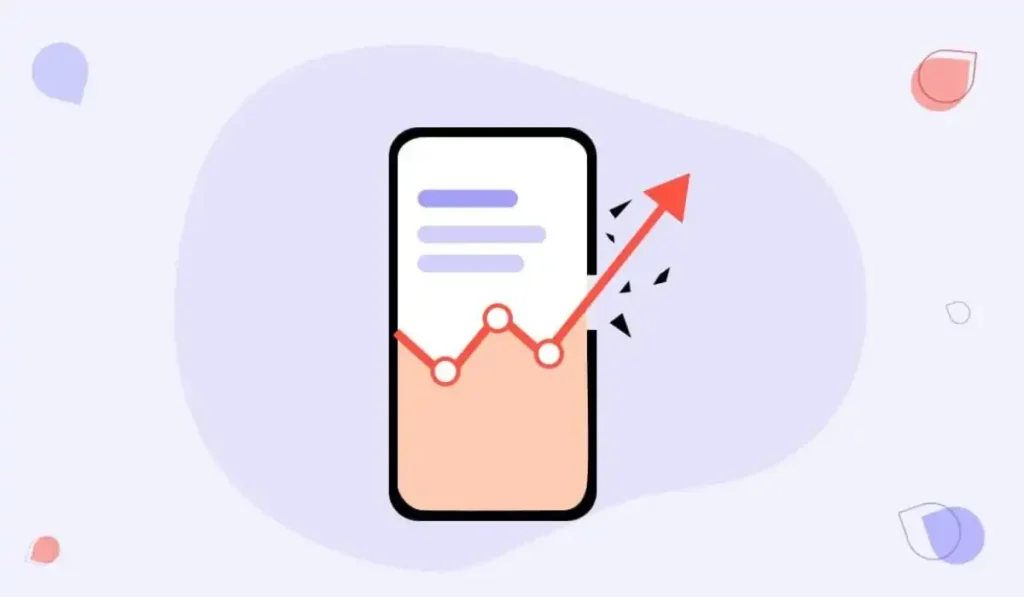
Page speed optimization for mobile devices is a collection of strategies that boost the overall performance of your website.
Key Techniques for Mobile Page Speed Optimization
- Optimized Images: Compress images to a minimal size without losing quality for fast reading. You can use TinyPNG or ImageOptim to compress images For example, from reduces page compression of image sites wide saves Company load time by 30% in total.
- Browser Caching: The most well-known way Browser Caching helps is by storing a version of Resources within the user’s browser that allows Resources like images and scripts to be downloaded on the initial visit which will not need re-downloading with subsequent visits. Returning visitors on websites that use caching (i.e. news portals), will load up to 50% faster
- Bottom line: Every time a page redirects to another page, your visitor has to wait longer for the final result. A workaround for this is to fire some of those redirects at the server level such as HTTP to HTTPS, reducing the number of calls made on every page load. For example, Company Z cut their redirects by 40% and improved mobile speed by 20%.
- Minify Code: Faster page load speed by a reduced file size of HTML, CSS, and JS Files. Eliminate unneeded characters for better code optimization. By minifying code, many businesses, like online retailers can save time off their load time.
Pros and Cons of Mobile Page Speed Optimization
| Pros | Cons |
| Improved user experience and reduced bounce rates | Initial investment of time and resources |
| Increased conversion rates with faster load times | Requires technical expertise |
| Enhanced SEO rankings as search engines favor fast websites | Ongoing maintenance for optimal performance |
| Better engagement and higher retention rates | Potential need for third-party tools |
Optimizing page speed not only enhances the mobile experience but also contributes to long-term business growth.
Mobile SEO & Mobile First Indexing
This is the practice of optimizing a website for viewing and access on mobile devices or tablets for easier reading and consuming content faster as the majority uses small screens.
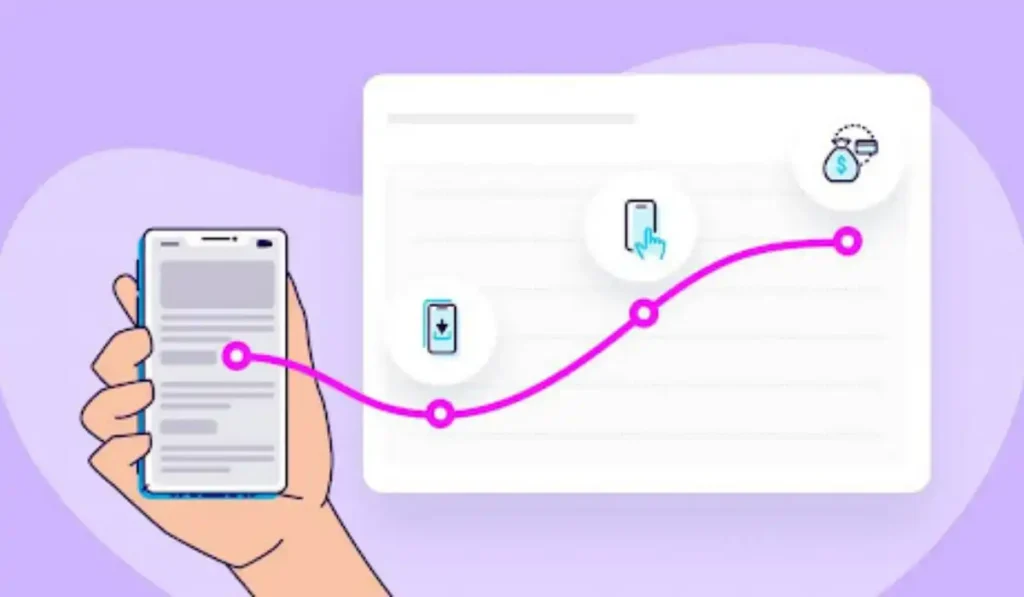
The search engines like Google mostly use the mobile version of a site for ranking and indexing with mobile-first indexing. In this sense, design really is extra-important for mobile right now.
Key Mobile SEO Elements:
- Responsive design: An approach to web design that makes web pages render well on a variety of devices and window or screen sizes A retail website such as Amazon, has a brilliant mobile experience due to its responsive design that offers seamless navigation and shopping.
- Page Speed: A page that loads fast is one of the requisites for a good user experience as well as for SEO. Some of these include compressing images, setting up browser caching, and using Content Delivery Networks (CDNs), all to help speed up your page load. There are tools, like Google PageSpeed Insights for speed-related issues.
- Shorter content: Paragraphs, most of the time make content easier to find for navigation blogs on a mobile device, along with Call To Action obvious and visible as soon as you enter above the fold at the upper part of the homepage/footer that contains touch-friendly buttons. Instagram is suited for mobile with nice big buttons and content optimized for tiny screens.
Pros and Cons of Mobile SEO and Mobile-First Indexing:
| Pros | Cons |
| Improved search engine rankings with mobile-first indexing | Requires redesign and development costs |
| Enhanced user experience on mobile devices | Ongoing maintenance to keep up with mobile updates |
| Increased traffic and conversions from mobile users | May compromise desktop experience if not balanced properly |
| Better accessibility and SEO performance | Requires technical expertise for optimization |
In conclusion, mobile SEO and mobile-first indexing are essential for businesses that want to remain competitive in the digital landscape. By prioritizing mobile optimization, companies can enhance their search engine visibility, boost traffic, and improve user engagement.

At The End
Investing in mobile optimization and CRO in your business by improving user experience and bringing higher conversion rates.
In today’s mobile-centric world, ensuring your website is fast, responsive, and user-friendly is a must. With the right strategies, you can turn more visitors into loyal customers, and get sustainable growth and success.
FAQs
What is the difference between mobile-first and responsive design?
Mobile-first design means the website is initially built for phones and then scaled up for larger devices. Responsive design adapts website styles to screen sizes. Mobile-first prioritizes mobile user experience from the start, while flexible design ensures site compatibility on all devices.
What are some common mobile optimization mistakes that hurt conversions?
Mobile-unfriendly design, poor page load times, and complex navigation are common problems. Not optimizing forms for mobile consumers increases bounce rates and lowers conversions.
How can mobile optimization improve my site’s SEO?
Google ranks sites based on user experience, bounce rates and page speed, which mobile optimization increases. With mobile-first indexing, search engines rank mobile-optimized content first.
How can I measure the success of my mobile CRO efforts?
Google Analytics, mobile conversion rates, bounce rates, and session duration can quantify mobile CRO success. Mobile conversions and engagement usually increase with optimization.
Does mobile optimization affect both e-commerce and lead-generation websites?
Mobile optimization improves user experience on e-commerce and lead generation websites, increasing conversions and decreasing bounce rates. Mobile-optimized websites improve navigation and load times for all websites.




